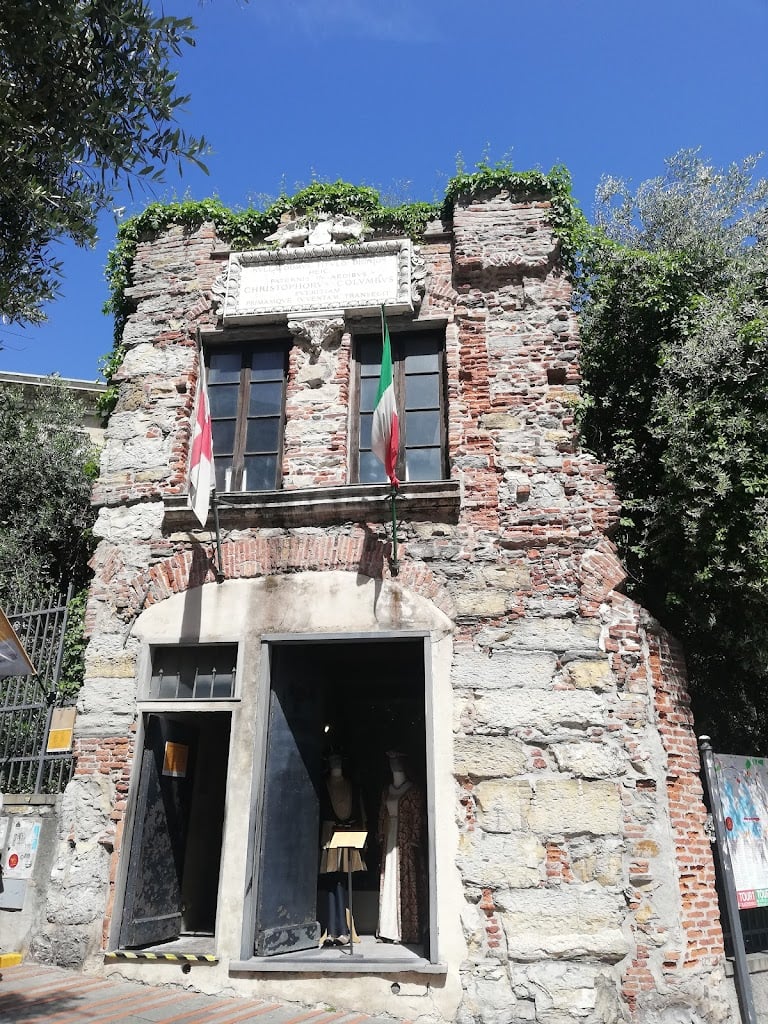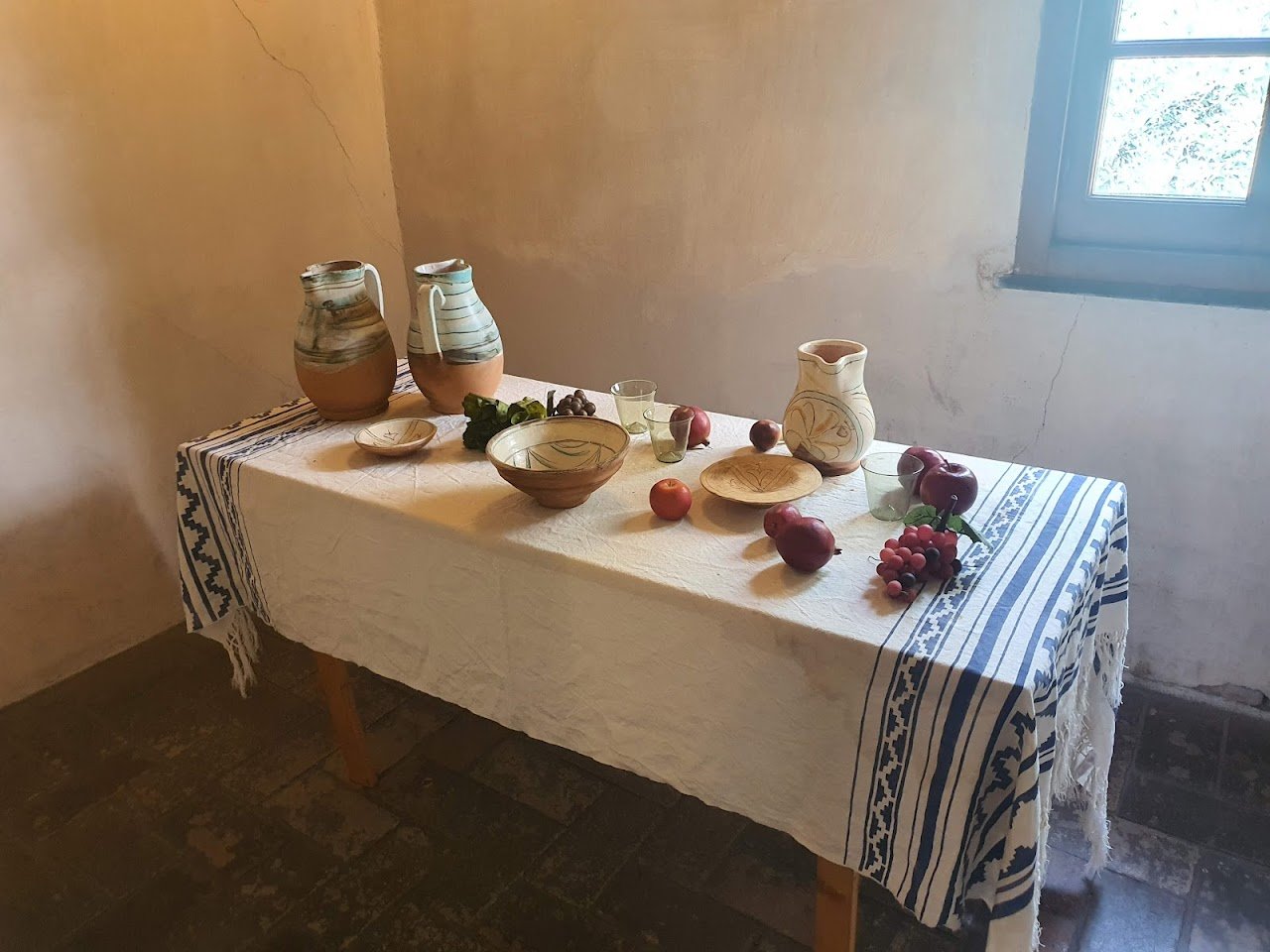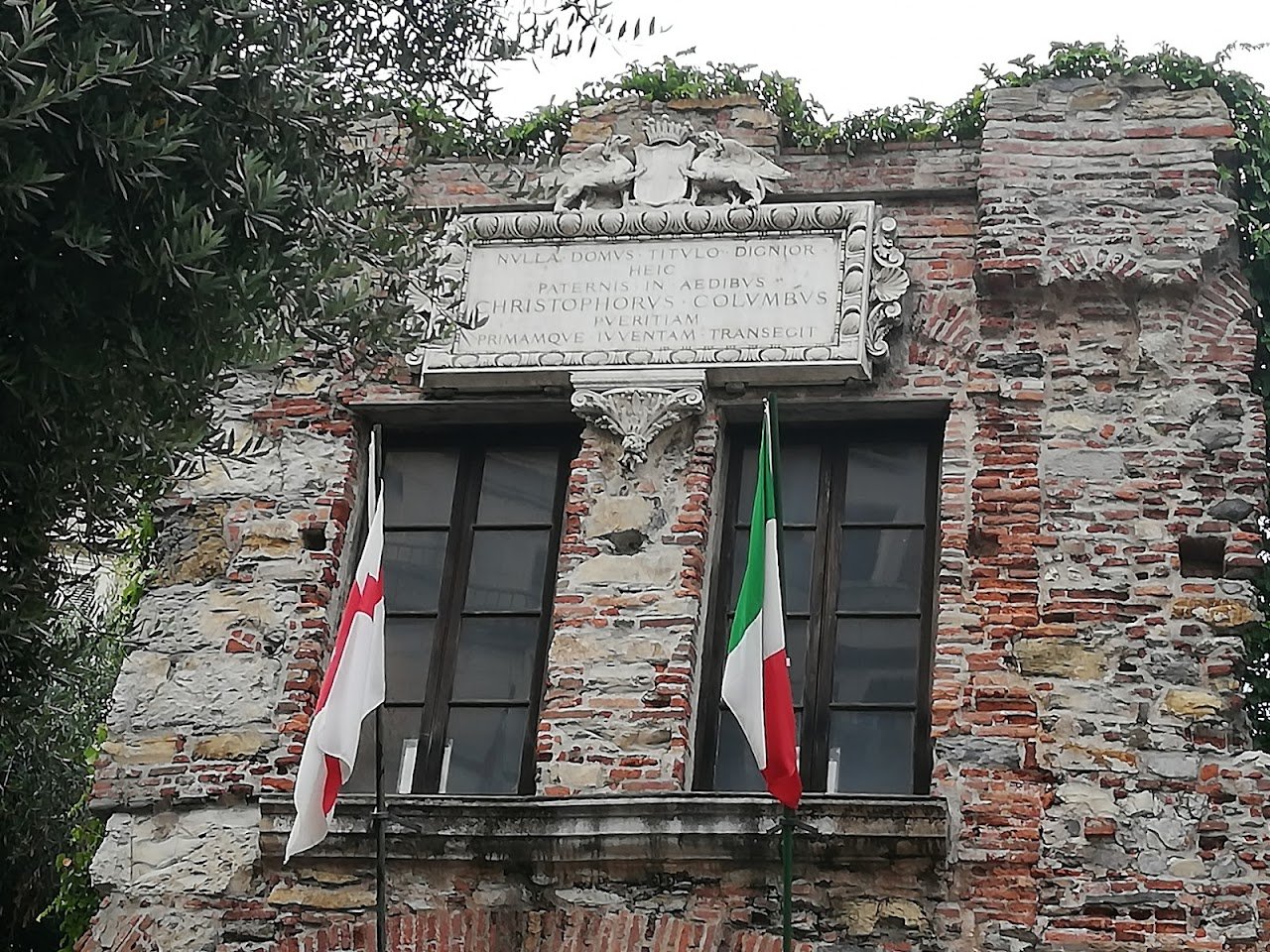Christopher Columbus' House





Ask ThatchGPT
Suggest a local expert to plan my trip
Suggest an unique itinerary for my Italy trip
What foods do Italy locals eat
What are some true hidden gems in Italy
Help me brainstorm trip ideas for Italy
Help me plan a family-friendly trip to Italy
What people say
Danielle Cohen
Available for hire
"An 18th-century reconstruction of the house in which Christopher Columbus grew up. The so-called Columbus' House is located not far from the gate of Porta Soprana, just outside the medieval walls. It is an 18th century reconstruction of the original medieval building, where the discoverer of the Americas spent his youth. The house was likely destroyed during the bombing by the French fleet of King Louis XIV that hit Genoa in 1684. The building has two floors: the ground floor was used as a workshop by his father, Domenico Columbus, who dealt in wool weaving and trade; the home of the family was upstairs. According to written sources, the navigator must have lived here between 1455 and 1470.
In addition to the damage caused by the French bombing of 1684, the building was also affected by the intense building development in the area of Ponticello, where it was located. The district took its name from the small street called Vico Dritto Ponticello, which no longer exists, located just outside the ancient Porta Soprana on St. Andrew Cloister, where the house stands. According to Genoese historian Marcello Staglieno, who is credited with the discovery of the home of Columbus, at the time of the navigator the building had two or perhaps three floors and was restored on the basis of the original remains. The archival documents found by Genoese historians suggest that Domenico Columbus, father of the great navigator, moved with his family in the Vico Dritto Ponticello in 1455 when Columbus was only four years old. The ground floor of the house was used as a workshop; the front door was on the left of the façade. A wooden truss ceiling separates it from the upper floor, probably as in the original structure.
In 1887, the house was purchased by the Municipality of Genoa, as concrete evidence of the provenance of the Genoese navigator. The building was thus included in the restoration program of the Porta Soprana, which allowed for its survival despite the transformations of the centre between the late 19th century and the 1930s. A plaque on the main front of the house reads: “No home is more worthy of consideration that this one, where Christopher Columbus spent between paternal walls his early youth”.
"
Read more in:
Pedro Pereira
Available for hire
"Located near Porta Soprana, one of Genoa's ancient gates, the Casa di Cristoforo Colombo is supposedly the childhood home of the famed explorer Christopher Columbus.
However, there's no definitive proof to confirm this claim. Historians debate the exact location of Columbus's childhood residence. The current structure is actually a 15th-century house reconstructed in the 18th century.
While it might not be the actual house Columbus lived in, it offers a glimpse into the architectural style of the period. Today, the Casa di Cristoforo Colombo functions as a museum."
Read more in:
Dany Alazraki
"Christopher Columbus' house in Genoa, Italy, is an 18th-century reconstruction of the place where he grew up. Originally situated next to Porta Soprana, outside the walls of Genoa built in the 14th century"
Read more in:
Mentioned in these guides
About Christopher Columbus' House
Get the inside scoop on Christopher Columbus' House from local experts, travel creators, and tastemakers. Browse genuine trip notes, Christopher Columbus' House reviews, photos, travel guides, and itineraries from real travelers and plan your trip with confidence.
Phone
Save this spot for later or start mapping out a new trip today
Try our AI Travel Assistant and get instant answers to any questions about your trip.
Ask ThatchGPT

